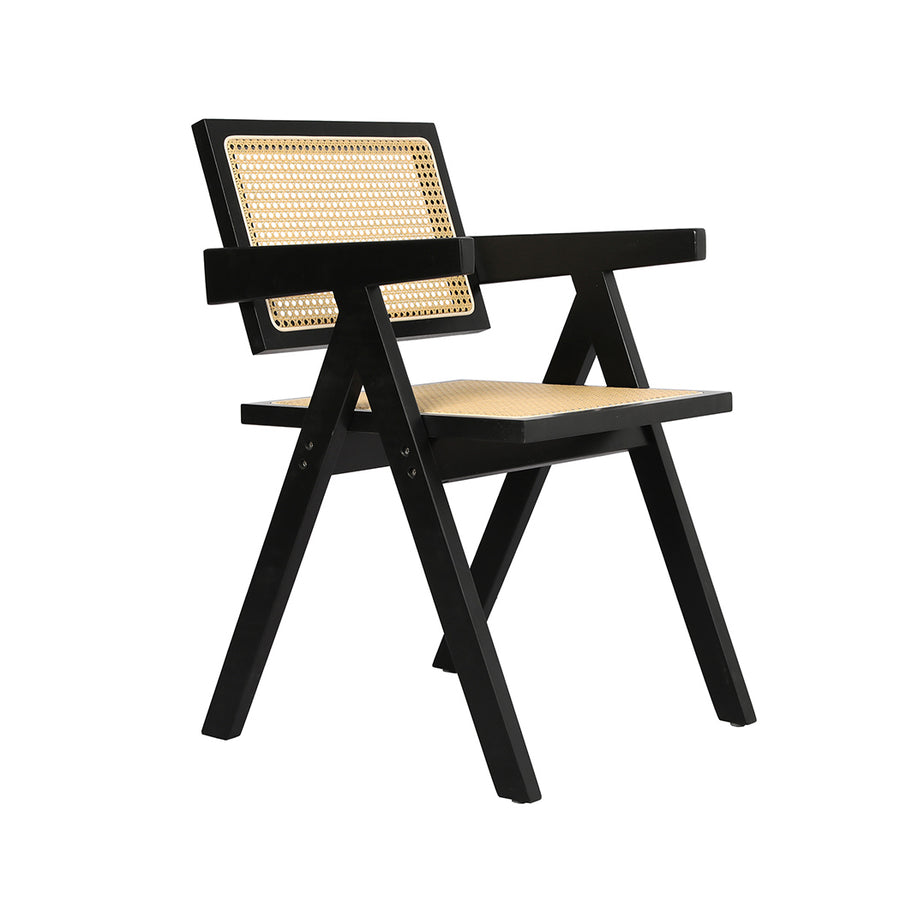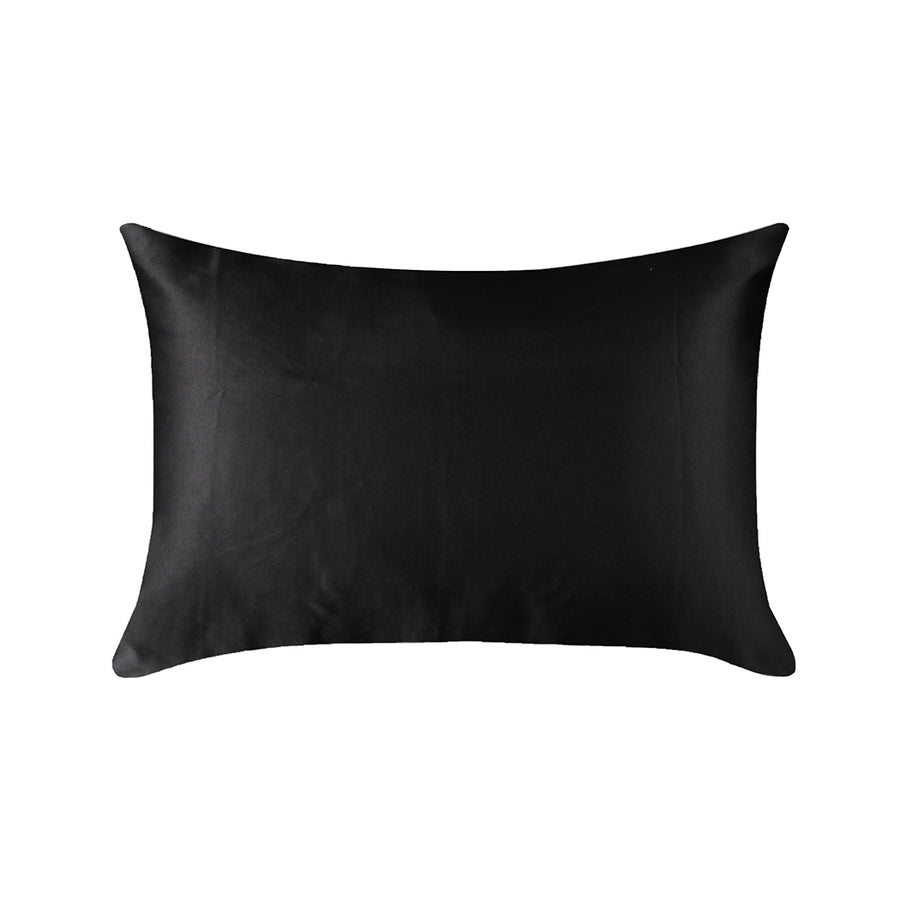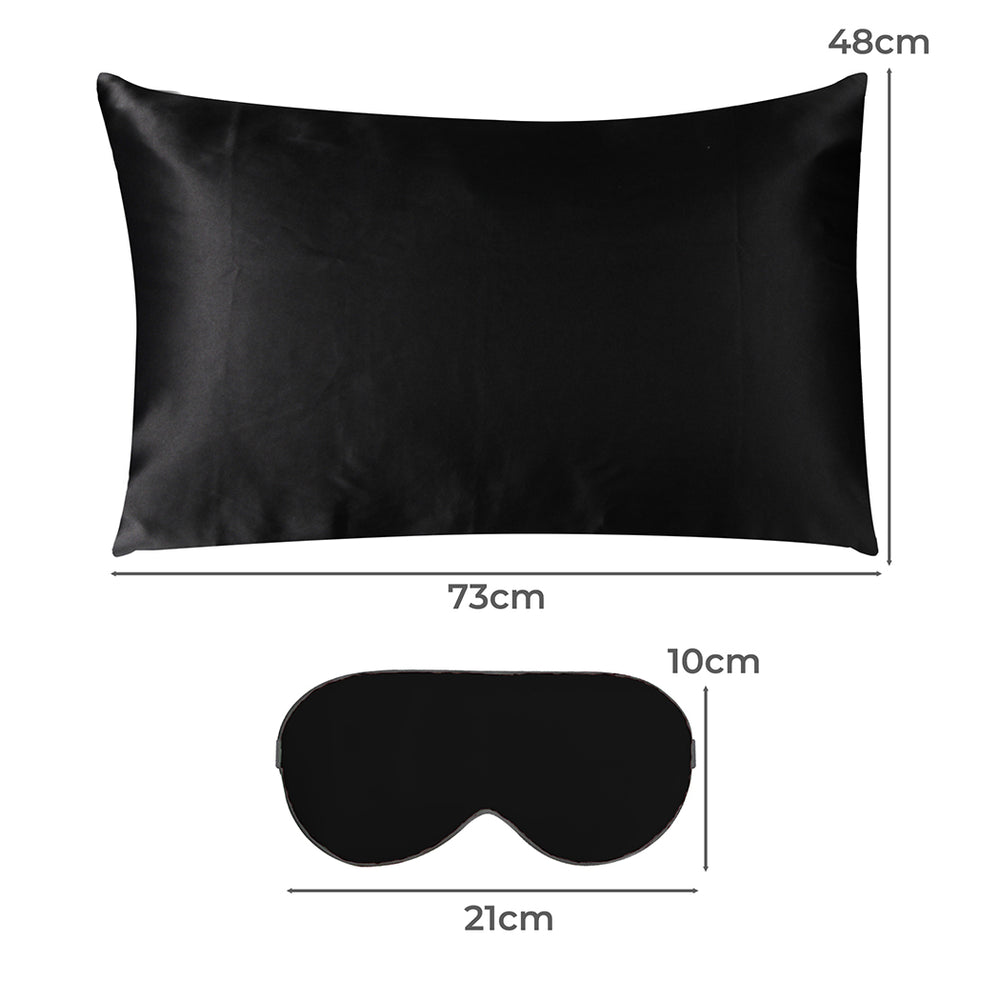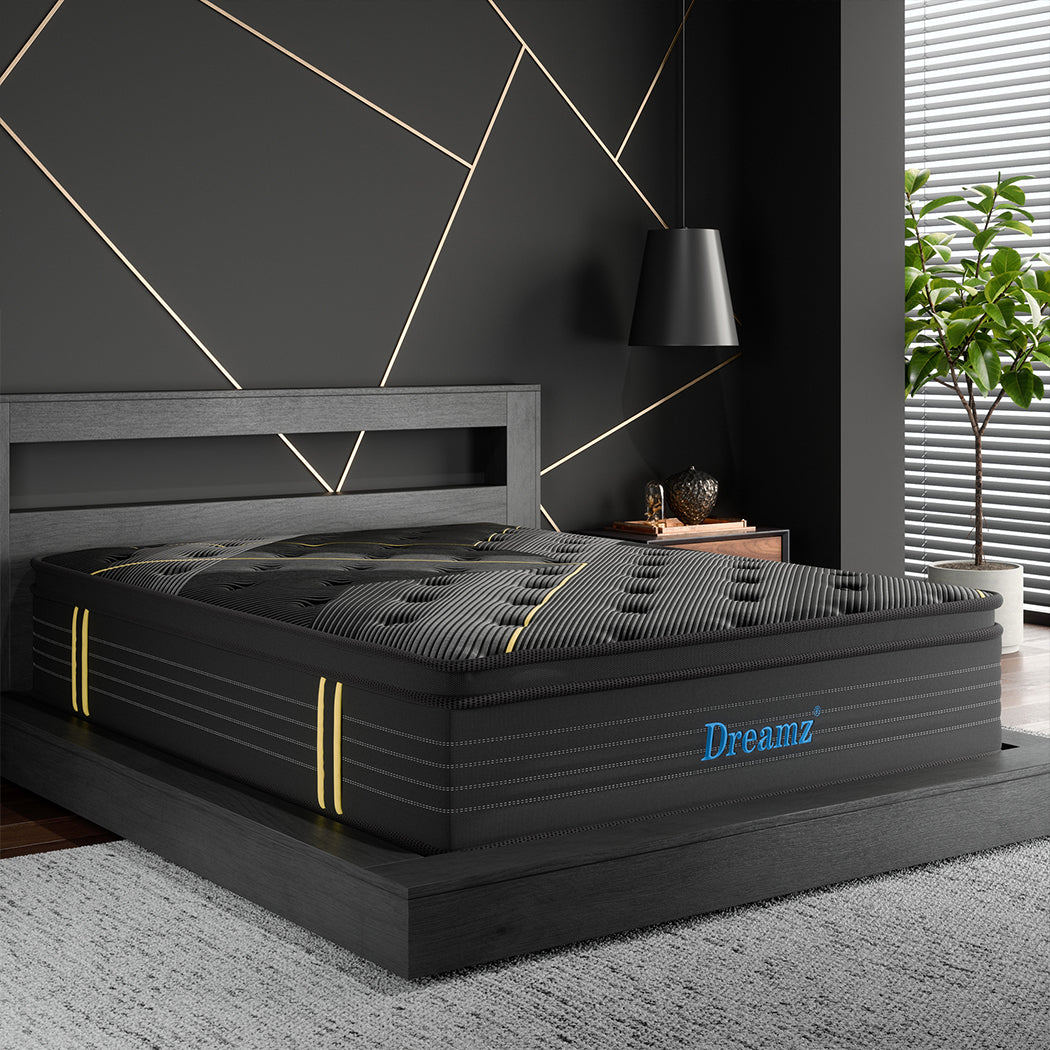
Coil vs Spring Mattress: Which One Should You Sleep On?
If you've ever gone mattress shopping and felt totally lost between terms like coil, spring, innerspring, or pocket coil — you're not alone. The bedding world throws around these phrases like they’re interchangeable, but the truth is, they’re not all the same.
Understanding the real difference between coil and spring mattresses can make a huge impact on your sleep quality. Whether you're dealing with back pain, tossing and turning at night, or sharing your bed with a restless partner, the internal structure of your mattress plays a massive role in comfort and support.
In this guide, we’ll break down what makes each mattress type unique, who they’re best suited for, and how to make the smartest investment for your sleep — and your spine. Because in the mattress world, it’s not just what’s on the surface that counts — it’s what’s inside that truly matters.
Coil vs Spring Mattress: Not All Springs Are Equal
Let’s clear up the confusion once and for all: all coil mattresses are spring mattresses, but not all spring mattresses are created equal.
Spring mattress is a broad category that includes any mattress with a metal spring support system. But within that, you’ll find different coil types — and they drastically affect how the mattress feels, supports your body, and holds up over time.
Here’s a breakdown of the most common types:
1. Bonnell Coils (Traditional Springs)
These are the hourglass-shaped springs found in older or budget mattresses. They’re connected together in a single system, which means motion can easily transfer from one side to the other. They’re bouncy and breathable — but not the best for motion isolation or pressure relief.
2. Continuous Coils
Made from one single wire looped into rows of coils, this design is durable and cheap to manufacture. While strong, it often lacks contouring support and can feel too firm or rigid for some sleepers.
3. Offset Coils
An upgrade from Bonnell, offset coils have flattened edges that link together more flexibly, offering better support and durability. They contour to your body better than standard coils and reduce motion transfer.
4. Pocket Coils (aka Pocket Springs)
These are individually wrapped coils that move independently. This design offers superior motion isolation, targeted support, and contouring comfort — especially great for couples and people with back or joint issues.
Pro tip: When most premium mattresses today talk about “coil” systems, they’re referring to pocket coil mattresses, which are the gold standard for ergonomic support.
What’s the Big Difference, Then?
The main difference lies in the construction and performance:
-
Traditional spring mattresses often have interconnected coils, which means less custom support and more bounce.
-
Coil mattresses (especially pocket coil designs) provide zoned, targeted support and isolate movement for a more restful night’s sleep.
Key Factors to Compare: Coil vs Traditional Spring Mattresses
When it comes to choosing the right mattress, the details matter. Below is a side-by-side comparison of coil mattresses (typically pocket coil systems) versus traditional spring mattresses (like Bonnell or continuous coil):
| Feature | Coil Mattress (Pocket Coil) | Traditional Spring Mattress |
|---|---|---|
| Support | Targeted, contouring support from individually wrapped coils | Uniform support, may not contour to the body well |
| Motion Isolation | Excellent — coils move independently | Poor — movements ripple across the whole mattress |
| Durability | High, especially with tempered steel and high coil count | Moderate — springs may lose tension over time |
| Comfort Level | Customisable with zoned firmness and hybrid layers | Usually firm and less adaptable to body shape |
| Noise Level | Very quiet, minimal creaking | Can squeak or creak over time |
| Price Range | Mid to high depending on materials and zones | Budget-friendly but may lack long-term comfort |
| Ideal For | Couples, back/side sleepers, hot sleepers, back pain | Guest rooms, short-term use, budget setups |
Why It Matters:
If you’re a light sleeper, sleep with a partner, or deal with back or joint pain, coil mattresses (especially pocket springs) offer better performance and longevity. On the other hand, traditional spring mattresses might still be a solid budget option for short-term needs.
Which Is Better For…?
Choosing between a coil and spring mattress isn’t just about specs — it’s about how you sleep. Here’s how each type performs based on your body position, habits, and lifestyle:
Side Sleepers
Best Pick: Pocket Coil Mattress with Zoned Support
Side sleepers need pressure relief at the shoulders and hips. A coil mattress with individually wrapped springs allows for contouring, helping reduce joint pressure without compromising spinal alignment.
Back Sleepers
Best Pick: Either, but choose the right firmness
Back sleepers can get solid support from both types, but coil mattresses offer better lower back support if zoned firmness is included. Look for medium-firm to firm options that prevent sagging around the lumbar area.
Couples & Light Sleepers
Best Pick: Coil Mattress with Motion Isolation
If your partner tosses and turns, a pocket coil design will prevent you from feeling every move. Traditional springs don’t isolate motion well — meaning one restless sleeper can ruin two nights of sleep.
Budget-Conscious Shoppers
Best Pick: Traditional Spring Mattress
Need something affordable for a guest room or temporary setup? A well-made spring mattress can still do the job — just don’t expect the same comfort or lifespan as a pocket coil alternative.
Hot Sleepers
Best Pick: Coil Mattress with Breathable Layers
Coil mattresses allow air to circulate more freely, especially if paired with breathable foam or latex layers. Some spring mattresses also allow airflow, but comfort layers often trap heat.
People with Back or Joint Pain
Best Pick: Pocket Coil Mattress with Zoned Ergonomic Support
The targeted pressure relief and adaptive contouring help ease tension in pressure points and support natural spine alignment — crucial for chronic pain sufferers.
Bottom Line: Your body type, sleep position, and whether you sleep alone or not should guide your decision — not just price or brand.
Coil Mattress Myths Debunked
When people hear "coil" or "spring," they often think of outdated, squeaky mattresses from the past. But the mattress world has come a long way — and it’s time to separate fact from fiction.
Myth 1: All Coil Mattresses Are Bouncy and Noisy
Reality: That’s only true for traditional open spring systems. Modern pocket coil mattresses use individually wrapped coils that move independently and silently. They reduce bounce, absorb motion, and rarely squeak — especially when made with high-tensile steel and reinforced edges.
Myth 2: Coil Mattresses Cause Back Pain
Reality: Back pain usually comes from poor support or incorrect firmness — not from coils themselves. In fact, a well-designed coil system with zoned support can improve spinal alignment and help relieve pressure points better than memory foam alone.
Myth 3: The More Coils, the Better
Reality: While coil count matters, it’s not everything. Quality of the coils (e.g., tempered steel), coil gauge (thickness), and zoning are more important for comfort and longevity. A high coil count with low-quality materials won’t outperform a well-engineered coil system with fewer, stronger coils.
Myth 4: All Spring Mattresses Are the Same
Reality: There are major differences between Bonnell coils, offset coils, continuous coils, and pocket coils. Lumping them all together leads to bad purchase decisions. Understanding the specific coil type helps you match the mattress to your unique needs.
By clearing up these myths, shoppers can avoid marketing traps and focus on what truly matters: support, durability, and comfort.
Let’s dive into what really matters when you’re shopping for a coil or spring mattress — because flashy marketing doesn’t always mean better sleep.
What to Look for When Shopping
Whether you're buying online or in-store, keep these key technical specs and comfort features in mind to ensure you're choosing the right mattress for your body and budget.
1. Coil Type Matters Most
-
Pocket Coils: Ideal for motion isolation and targeted support
-
Bonnell/Continuous Coils: Budget-friendly but lower contouring and comfort
-
Offset Coils: Good balance of durability and support
Tip: Pocket coils are the most recommended for modern sleepers — especially couples and side sleepers.
2. Coil Count (But Don’t Get Fooled)
-
A higher coil count generally = better support, but only if the coils are quality-made
-
Look for at least 600–1000 coils in a queen-size for optimal support
-
But avoid being upsold on count alone — zoning and coil design matter more
3. Coil Gauge (Thickness)
-
Lower gauge = thicker and firmer coils (e.g., 12–13 gauge = firmer feel)
-
Higher gauge = thinner and softer coils (e.g., 14–15 gauge = plush feel)
-
Look for a balanced gauge or multi-gauge system for tailored support zones
4. Edge Support
-
If you sit or sleep near the edge of the bed, reinforced edges (often thicker coils or foam encasement) prevent sagging and extend usable sleep space
-
Many modern pocket coil mattresses come with edge-to-edge support systems
5. Breathability and Cooling Layers
-
Coils offer natural airflow, but it’s the comfort layers on top (foam, latex, gel-infused material) that make or break heat regulation
-
Look for materials like Tencel, bamboo fabric, or open-cell foam for better ventilation
6. Certifications & Safety
-
Look for CertiPUR-US® or OEKO-TEX® certified materials
-
This ensures the foams and fabrics are free from harmful chemicals and allergens — a must-have for sensitive sleepers
7. Trial Periods & Warranties
-
Good brands offer 100+ night risk-free trials
-
Warranties of 10+ years indicate confidence in coil integrity and material durability
Insider Tip: Don't just test for comfort — test for support. Lay on your side, back, and edge for at least 10 minutes in each position. If the store won’t let you do this, it’s a red flag.
Which One Should You Sleep On?
So, coil vs spring mattress — what’s the verdict?
It really comes down to what your body needs and how you want to feel when you wake up.
Choose a Pocket Coil Mattress if…
-
You want zoned ergonomic support that adapts to your body
-
You’re a light sleeper or share a bed with a partner
-
You experience back pain, pressure points, or stiffness
-
You want a longer-lasting, quieter mattress
-
You’re happy to invest a bit more for better sleep performance
Choose a Traditional Spring Mattress if…
-
You’re on a tight budget or furnishing a guest room
-
You prefer a firmer, bouncier feel
-
You don’t mind a little movement or noise
-
You need a short-term or secondary solution
At the end of the day, the internal structure of your mattress isn't just a technical detail — it's the backbone of your sleep health. If you’re looking for a future-proof option that offers comfort, support, and quiet performance, a modern pocket coil mattress is the clear winner.






